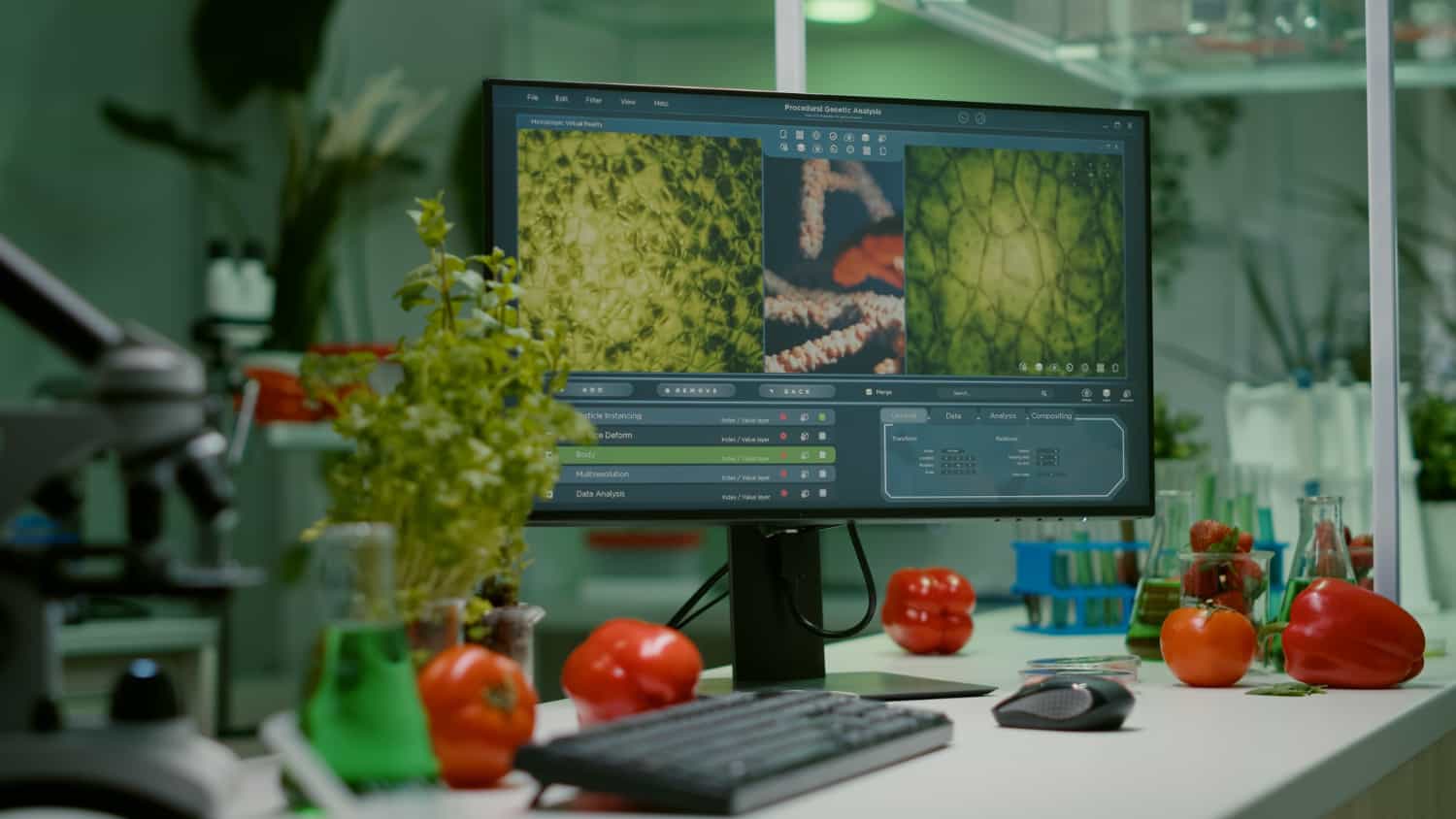- Phone: 306-970-1552
- connect@gentleprocessing.ca
- 18-301 South Industrial Dr. Prince Albert, SK S6V 7L7, Canada

In the ever-expanding realm of plant-based foods, the quest for delicious, nutritious, and sustainable options has led to innovative plant-based food processing techniques. These methods strive to preserve the nutritional value of ingredients, ensure safety, and deliver a satisfying taste and texture that rivals their animal-based counterparts. This article delves into the dynamic world of plant-based food processing, exploring the challenges and innovations driving this culinary revolution.
Plant-based diets have gained immense popularity due to health, environmental, and ethical considerations. Consumers seek flavorful, satisfying plant-based options.
Plant-based foods offer an array of nutrients, fiber, and phytonutrients. Maintaining these nutritional benefits during processing is a top priority.
Extrusion is a versatile technique that transforms plant proteins into meat alternatives with textures ranging from tender to chewy. It's used for products like plant-based burgers and sausages.
Fermentation enhances flavor, nutrition, and digestibility. Plant-based yogurts, cheeses, and meats can benefit from controlled fermentation.
Gentle Processing maintains the freshness and nutritional value of plant-based products while ensuring safety.
Sprouting and germination enhance the nutrient profile and digestibility of plant-based grains, legumes, and seeds.
Innovations in texturization create plant-based products with realistic meat-like textures. These include marbling and fibrous structures.
Plant-based processing should retain essential nutrients like protein, vitamins, and minerals. This requires careful selection of ingredients and processing methods.
Plant-based foods may contain common allergens like soy and nuts. Rigorous allergen control measures are essential.
Recreating the texture and flavor of animal-based foods can be challenging. Trial and error are often needed to achieve the desired sensory experience.
Consumers seek clean label products. Minimizing additives while achieving safety and taste is a delicate balance.
Stringent hygiene practices are crucial to prevent contamination. This includes equipment cleaning and employee training.
Robust quality control measures are essential to detect and address any safety or quality issues during processing.
Traceability ensures the sourcing of safe and sustainable plant-based ingredients. Brands must have a clear view of their supply chain.
Innovations will continue to improve the taste, texture, and appearance of plant-based products, making them more appealing to a wider audience.
Sustainable sourcing, packaging, and production will be at the forefront of plant-based processing to minimize environmental impact.
Plant-based diets will become more personalized to meet individual nutritional and taste preferences.
Plant-based food processing is at the nexus of innovation, nutrition, safety, and culinary excellence. As consumers increasingly choose plant-based options, the industry is driven to create products that are not only nutritious and safe but also deliver the sensory experiences that make food enjoyable. The future of plant-based food processing holds the promise of a diverse array of delicious and sustainable options that cater to the evolving tastes and values of consumers worldwide.